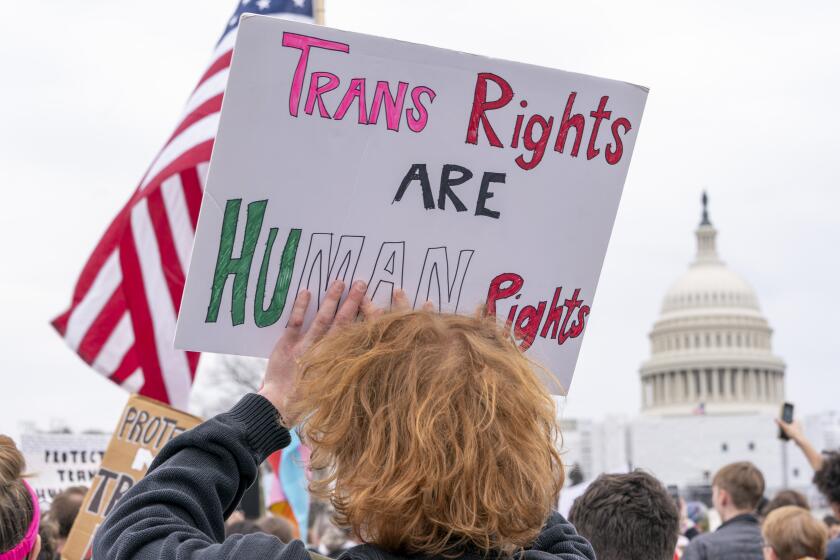Officials Say Santa Clarita Schools Will Stay Crowded
- Share via
Santa Clarita Valley school officials grimly predict their schools will remain crowded into the next century but say they doubt valley residents would support a tax to raise money to build new schools.
As a result, the valley’s one high school and four elementary districts are scrambling to get money from the state and are considering everything from year-round schedules to double sessions to handle the overflow.
The Santa Clarita Valley’s school superintendents made their bleak estimates during an informal study session Wednesday night with the Santa Clarita City Council. No action was taken, but the superintendents used the session to present their latest enrollment figures and to ask for support in their efforts to obtain construction funds from the state and developers.
The five superintendents estimate that the valley will need $210 million by 2000 to build four high schools, four junior high schools and five elementary schools to absorb more than 15,000 new students. Current enrollment is about 22,000 students, the superintendents said.
Scary Projections
“We’re looking at our projections right now and they’re scary,” said Clyde Smyth, superintendent of the William S. Hart Union High School District. The Hart district, with about 9,000 students, will have to absorb about 12,000 more students by 2010, Smyth said.
The five superintendents hope to build new campuses with state school-construction funds and a special tax on new houses and apartments approved by valley voters in 1987. That tax was challenged by the building industry and was recently ruled unconstitutional by the state Court of Appeal. The districts are appealing that ruling.
There is no guarantee the state will be able to help the Santa Clarita schools, said J. Michael McGrath, superintendent of the Newhall School District.
Other regions face even more explosive growth problems than Santa Clarita and would be first in line to receive state funds, McGrath said. Palmdale is eligible for money to build 24 elementary schools, he said.
As a last resort, the Santa Clarita Valley districts could ask the voters to tax themselves to build new schools. But Smyth said Thursday he doubts such an effort would succeed.
Such taxes, which require a two-thirds majority, have traditionally passed only in areas where school systems were in chaos and parents were upset, he said.
“The question is, can you get a two-thirds majority?” Smyth said.
‘Four-Letter Word’
McGrath described the situation this way Wednesday night: “In my judgment, we couldn’t get a two-thirds majority. The word tax is a four-letter word.”
Moreover, two Santa Clarita Valley chambers of commerce last month proposed a ballot measure that would add an additional $75 to $200 annually to property-tax bills to raise money for new roads. The chambers are hoping to persuade the Santa Clarita City Council to place the measure on the November ballot.
The road tax, which would last 25 years, must also be approved by a two-thirds majority.
A road tax has a greater chance for success than a school tax, Smyth said.
“Everybody’s staring at the gridlock,” he said. “It’s felt by more people.”
More to Read
Sign up for Essential California
The most important California stories and recommendations in your inbox every morning.
You may occasionally receive promotional content from the Los Angeles Times.












